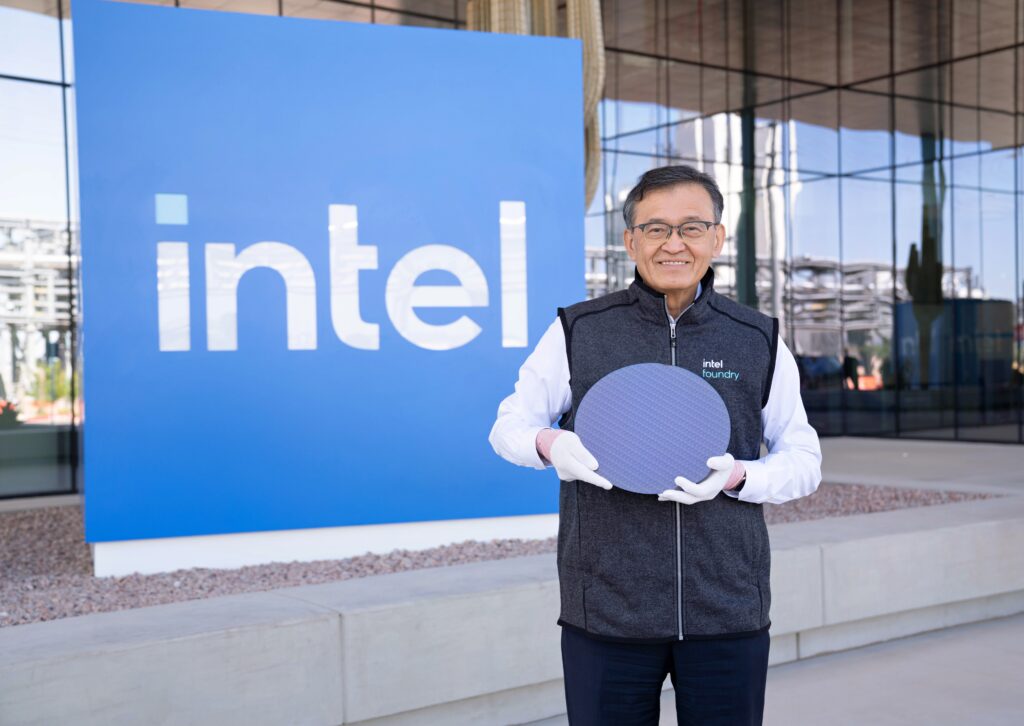
In a significant stride for American semiconductor manufacturing, Intel has officially unveiled its next-generation Panther Lake architecture. This groundbreaking platform is not only the first to be built on the company’s advanced Intel 18A process node but is also poised to become the cornerstone of the AI PC era.
Marking a critical moment for Intel’s resurgence, the company has announced that Panther Lake will enter high-volume production at its state-of-the-art fabrication facility in Arizona later this year, underscoring a major investment in bolstering domestic technology and manufacturing sovereignty.
The success of Panther Lake carries immense weight for Intel’s future. Industry analysts are positioning this launch as the definitive test of whether a restructured and refocused Intel can reclaim its competitive edge against rivals like Apple, AMD, and Qualcomm in the high-stakes AI computing market.
This chip family represents the culmination of the ambitious “IDM 2.0” strategy championed by former CEO Pat Gelsinger, who staked the company’s revival on achieving process leadership with the very 18A technology that powers Panther Lake.
Scheduled to reach consumers in late 2025 and early 2026 under the branding “Intel Core Ultra Series 3,” Panther Lake promises a generational leap in mobile computing. The platform is engineered to deliver a holistic user experience, characterized by substantially extended battery life, heightened CPU and AI performance, and more powerful integrated graphics for gaming and content creation, all while aiming for competitive pricing.
Strategically, Intel has architected Panther Lake in three distinct variants, enabling it to consolidate the market by powering everything from ultra-thin portables to high-performance gaming laptops, effectively succeeding both the Lunar Lake and Arrow Lake-H mobile processor lines.


